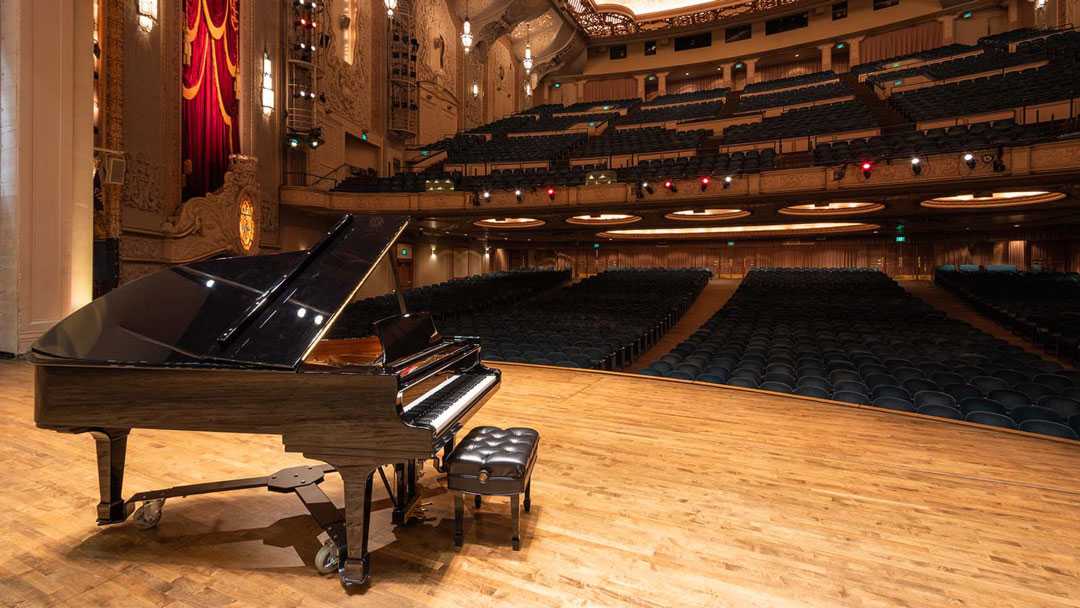Constellation refreshes Portland hall acoustics
- Details

With a current seating capacity of 2,776, the Arlene Schnitzer Concert Hall is one of a quintet of venues operated by the appropriately stylised Portland’5 Centres for the Arts. It was built in 1928 as a vaudeville house, transitioning to movies only two years later, and finally going dark in 1982. After a $10m renovation project, the venue reopened in 1984 as a multi-purpose concert hall and as the new home of the Oregon Symphony.
“Ours is the first vintage movie theatre restoration to install Constellation, and that made it a bit of a learning curve,” says Portland’5 executive director Robyn Williams. “It’s a sophisticated system but it’s getting rave reviews. The audience experience is much better. Those who don’t even know Constellation is in here are saying the hall sound is very good now, and those who do know about it say it’s a game changer.”
Williams and other key decision makers had initially set aside an active acoustic solution, based in part on experience with an earlier generation system from a different manufacturer at a hall elsewhere in Oregon. But Williams changed her mind after experiencing Constellation at the San Francisco Symphony’s SoundBox venue.
“I immediately realized this could be the solution we had been looking for,” says Williams. “The shell was at the end of its life, and we were reluctant to spend far into six figures for a solution that served only one arts organization. Constellation would not only improve acoustics for the symphony on stage and in the audience, but it would afford flexibility for the wide variety of other musical genres we host here.”
“It’s transcending, a night and day difference,” remarks the symphony’s Showalter. “The musicians can hear each other better, and the sound is more visceral in the audience. Regardless of where you are sitting, you hear a true balance of all the instruments.”
As installed, the Constellation system comprises 86 ambient sound sensing microphones and 294 ‘meticulously positioned’ small loudspeakers, with various combinations assigned to four distinct acoustical zones on stage and in the hall. Acoustical enhancements are created using the patented VRAS algorithm, hosted in a D‑Mitri digital audio platform. Installed by Sound Image, it is the largest Constellation system in the United States in terms of total loudspeaker and microphone deployment.
Meyer Sound project director for Constellation John Pellowe, formerly a classical recording engineer for Decca Records in London, supervised the exhaustive tuning process, using a variety of ensembles on stage as the musical source. The system’s debut came in early October with the Oregon Symphony’s first subscription concert under new music director David Danzmayr.
“Constellation is something that breathes new life into these grand old buildings,” says Williams. “It creates a new and flexible acoustic without large reflective panels or floating clouds, so it doesn’t impair the visual aesthetic. It is discreet and respectful of historic architecture.”
















